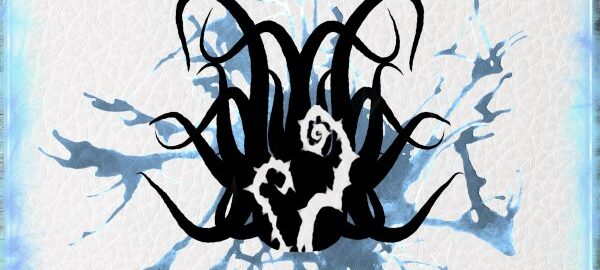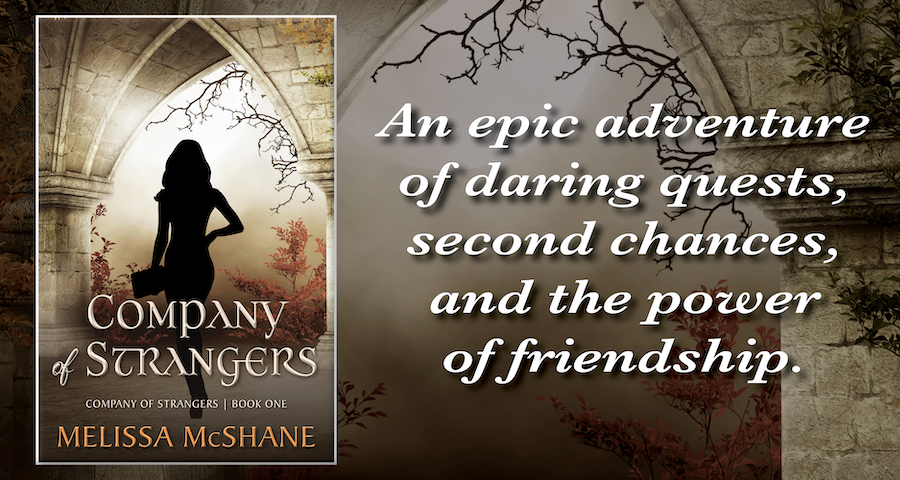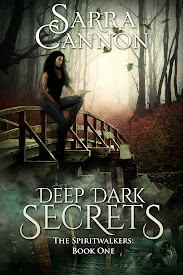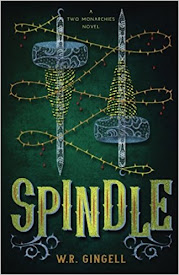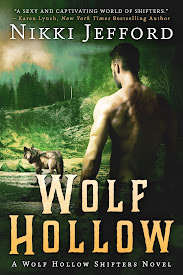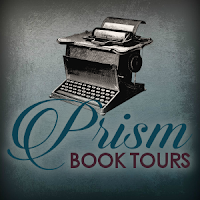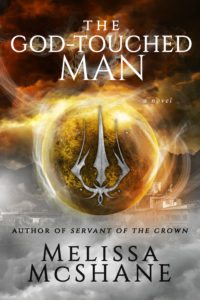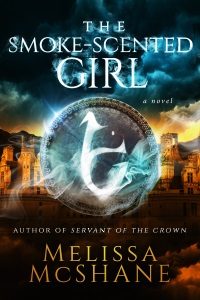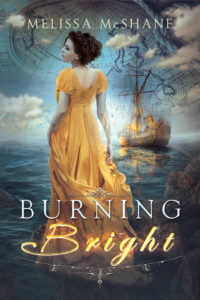I read 79 books in 2019, which is lower than last year. Considering that I read a lot of my own books (either in editing or in preparing to write something new in a series) that number is actually more like 67. In looking at my spreadsheet where I track my reading, I see long weeks where I didn’t read anything at all. That’s the tradeoff for me as a writer–either I’m reading or I’m writing, but I’m rarely capable of both at the same time.
But I read a lot of really great books this year, enough that I rated only eight books three stars or fewer. I’m getting better at picking the ones I know I’ll love. I also didn’t read a lot of recently published books, which makes me sad, but since I own almost 1200 books I’ve never read, there are a lot of years to catch up on.
I used to do a complicated “best of” summary, with a bunch of categories, but I’m finding that’s less appealing these days. So here are my favorites for the year, listed alphabetically by author (links to my full reviews below):
My Grandmother Asked Me To Tell You She’s Sorry, Fredrik Backman. I picked up several of Backman’s books at the thrift store (I am addicted to thrift store book shopping) and pulled this one at random from the shelf. It’s simply delightful. I love the way it addresses storytelling and fantasy, and the way the various characters’ lives are intertwined fascinated me.
Inkling, Kenneth Oppel. This beautiful middle-grade fantasy hit all the right buttons: excellent characterization and character interaction, a clever plot, and witty dialogue. Add to that just the right balance of humor and seriousness, and you have a winner.
Phoebe and Her Unicorn, Dana Simpson. The introduction by Peter S. Beagle draws a connection between this adorable graphic novel and the work of Bill Watterson, and he’s so right! This reminded me in places of Calvin and Hobbes while still remaining itself. I really need to read more of this series.
The Haunting of Maddy Clare, Simone St. James. This ghost story would be unremarkable if it weren’t for its setting (post-WWI England) and the wonderful characters. It was a four-star read for me until I finished it and realized I couldn’t stop thinking about it. I have a number of St. James’ books lying unread on my shelf, and I need to read more of them soon.
Airs Above the Ground, Mary Stewart. I binge-read most of Stewart’s books this year, and while Nine Coaches Waiting remains my favorite, this was a close second. It’s thrilling and romantic, and Stewart is a master of description.
Exit Strategy, Martha Wells. Despite Martha Wells being one of my favorite authors, I put off reading the Murderbot series until this year. Exit Strategy is a stand-in for the series as a whole, but it was also my favorite of the four novellas–or maybe I just continued liking each of them a little better than the last. In any case, I highly recommend this series!
A few more notable mentions:
My best re-read this year was Flora’s Dare by Ysabeau S. Wilce. I’d forgotten how much I loved the book, which is quirky and irrepressible YA fantasy, and it made me wish for more novel-length fiction in Wilce’s world of Califa.
The best first novel was Mary Stewart’s Madam, Will You Talk? The title is weird and off-putting, and it’s maybe a little strange to celebrate a first novel published in 1955, but it astonishes me how good Stewart was right out of the gate.
I normally also like to celebrate my favorite of the books recommended to me, but this year almost all of my notable books were recommendations. But I want to mention one more book I really enjoyed that was recommended to me, which is Ayesha At Last by Uzma Jalaluddin. I am not a fan of Jane Austen retellings, because I don’t get anything out of them I can’t get by re-reading a Jane Austen novel. But this was only loosely based on Pride and Prejudice, and I found the characters and their relationships fun and refreshing.
I hope 2020 will be another stellar year for reading!

